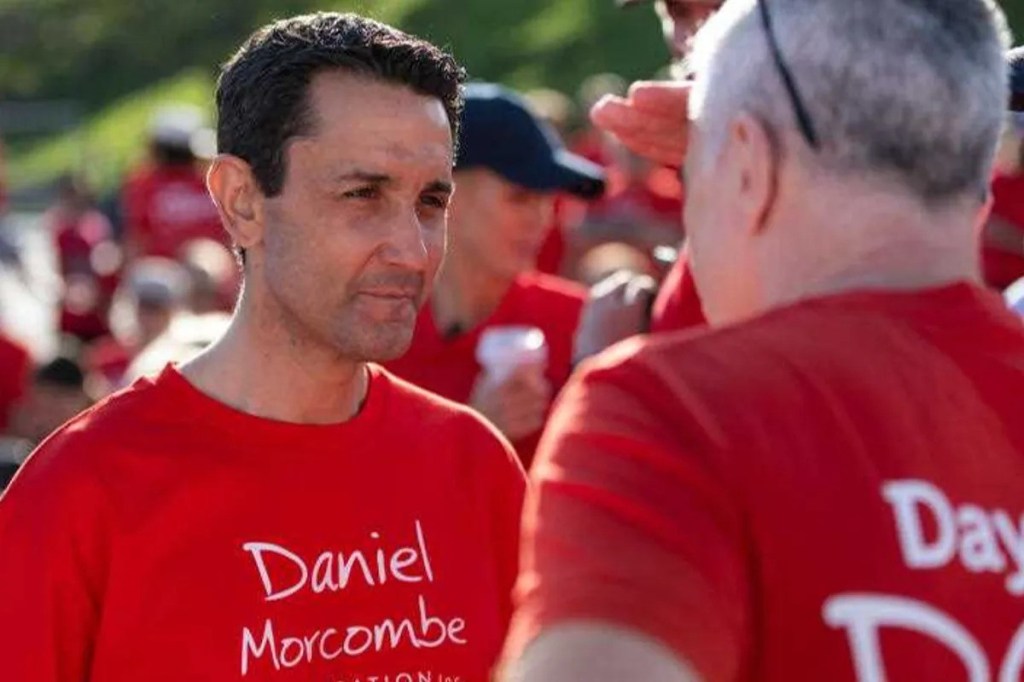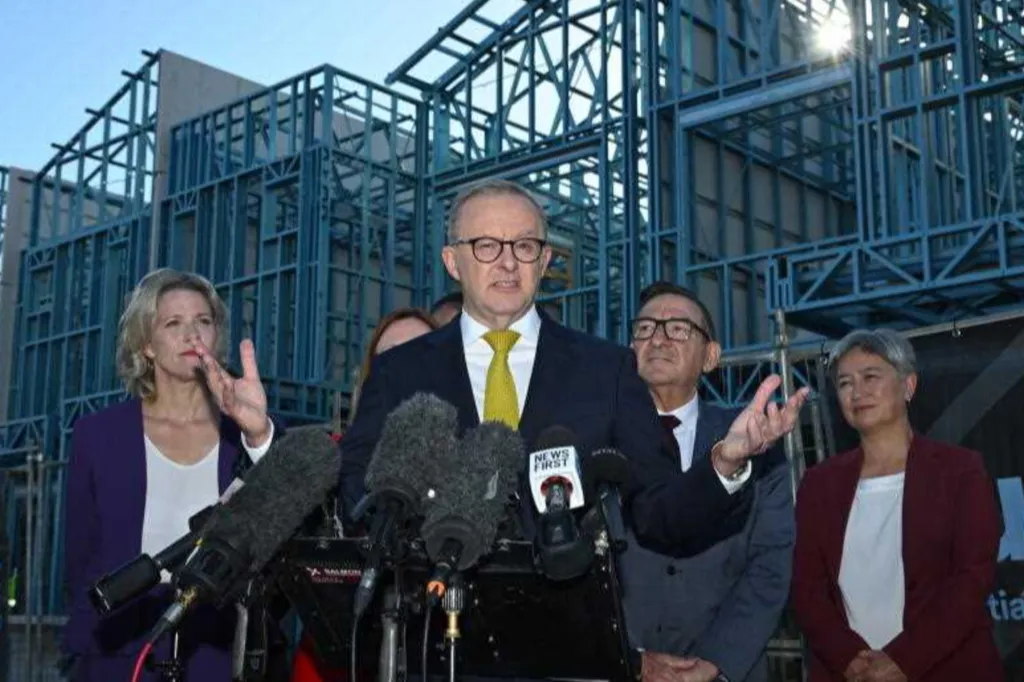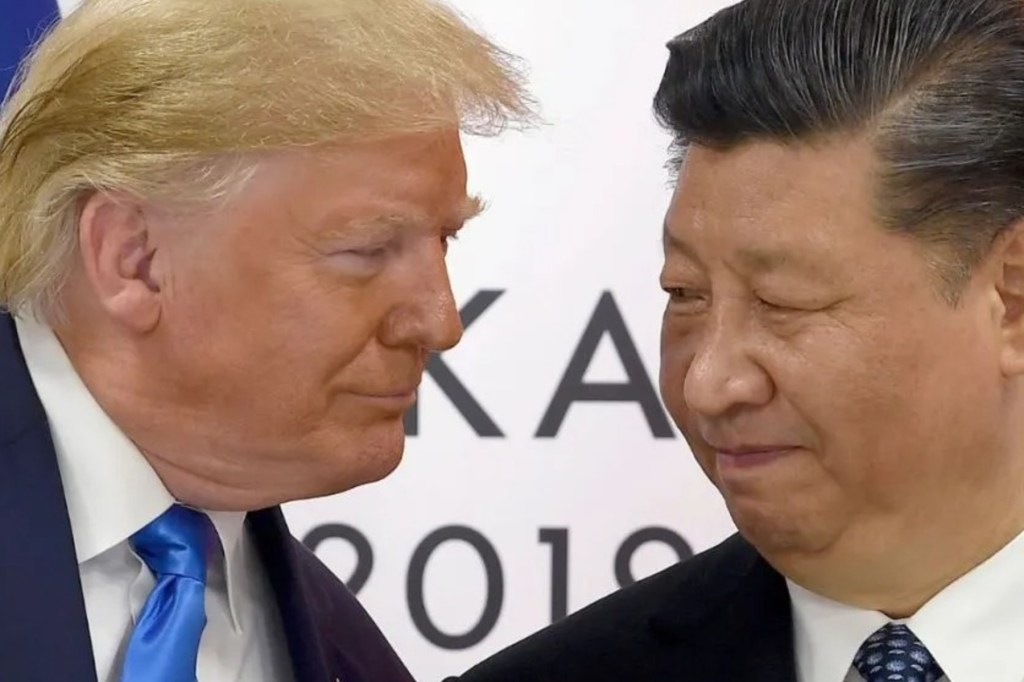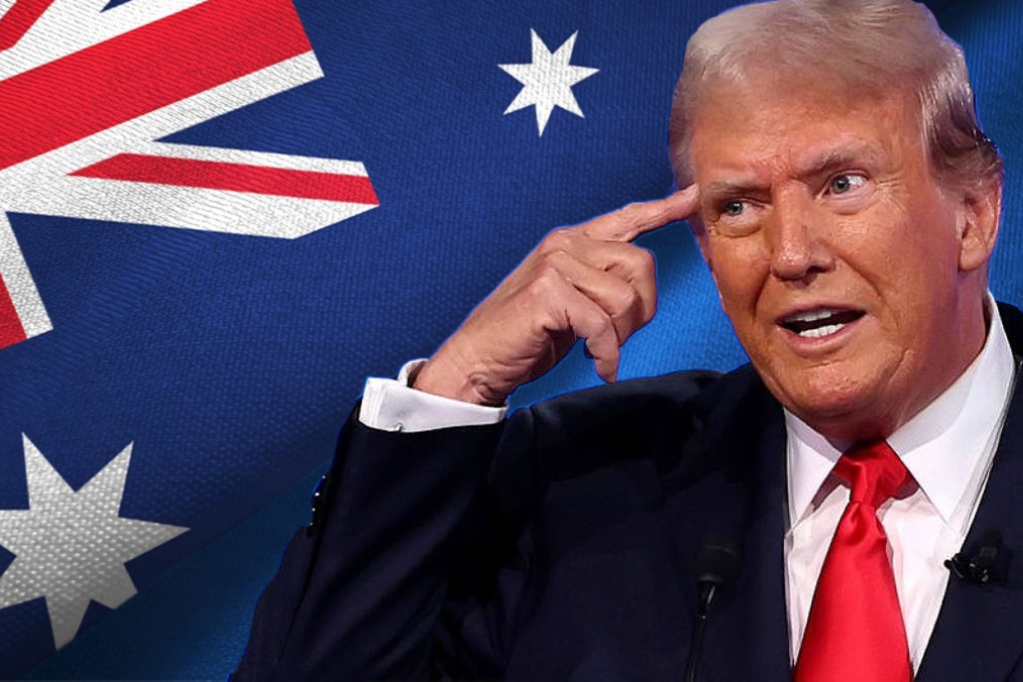View from the Hill: Queensland’s lessons for Anthony Albanese, Peter Dutton and Adam Bandt’s band
Often state elections don’t mean much federally, but Saturday’s Queensland’s result does carry implications for Anthony Albanese, Peter Dutton and Adam Bandt.

Neither the Prime Minister nor the Opposition Leader will have missed the fact the actual campaign mattered. The new LNP government is headed to a comfortable majority but go back some time and Labor feared a wipeout.
Initially, that prompted the replacement of Annastacia Palaszczuk with Steven Miles less than a year ago.
Fast forward to the campaign, and a comparison between the pre-poll votes and the votes cast on Saturday shows how Labor clawed back some support during the final dash to the finish.
Worrying pattern
This pattern might make both federal leaders nervous. Albanese ran a relatively poor campaign in 2022. Looking back further, remember how the campaign went badly for Prime Minister Malcolm Turnbull in 2016, and for Prime Minister Julia Gillard in 2010.
Peter Dutton is an unknown quantity in leading an election campaign, when scrutiny is intense and small things can blow out of proportion.
In Queensland we saw, once again, that scare campaigns are effective, and that Labor in particular is good at them.
Sensitive issue
You might like
Miles and state Labor seized on suggestions that women’s access to abortion could be rolled back by the LNP, perhaps via a private a member’s bill from Katter’s Australian Party (KAP) and a conscience vote for LNP MPs.
LNP leader David Crisafulli, likely sensitive to division within his own ranks, failed to react skillfully to the potential damage this issue could do him. He did not jump on it hard enough, early enough. Some shifty answers stoked fears and made him look dodgy.
Federal Liberals realise the risk of the abortion issue, which has seen passionate debate in Parliament in the past even though the federal jurisdiction touches it only marginally.
When a couple of Nationals – senators Jacinta Price and Barnaby Joyce – aired their anti-abortion views in the past week they were slapped down by Liberal women.
While abortion might be hard to mobilise as a federal issue in the coming election, scare campaigns can arise on all sorts of things, and unpredictably. Remember Labor’s “Mediscare” in 2016.
Parties have to be quick to recognise the potency of a scare, and deal with it effectively. Once it gets away it spreads like a bushfire, especially in the social media age of campaigning.
The state result will give heart to Dutton’s strategy of targeting the outer suburbs. As ABC election analyst Antony Green pointed out, the anti-Labor swing “was smaller in the south-east than in regional Queensland, and smaller in inner Brisbane compared to outer Brisbane”.
More widely, in Australia the trend in recent years is towards Labor becoming the party of inner urban voters and the Liberals targeting outer suburbia.
Greens strategy query
The federal Greens will need to do some self-questioning about their strategy after their Queensland result. While their overall vote was not hit they appear certain of only one of their two state seats. They had talked up expectations of expanding their numbers.
Stay informed, daily
This comes after seat losses at this month’s ACT election and a poor performance in the New South Wales local government election.
In 2022 the Greens increased their House of Representatives numbers from one to four, by winning three Queensland seats, two from the Coalition (Brisbane and Ryan) and one (Griffith) from Labor.
In this term of federal Parliament, the Greens have become more extreme in their positions. The Middle East conflict has pushed this left-wing party further to the left. High profile Greens Max Chandler-Mather, from Queensland, appeared at a pro-CFMEU rally. The Greens have played hardball on some key government legislation.
As they review their situation, the Greens might be wise to cut a deal sooner rather than later on the housing bills they are holding up in the Senate. They have sought to make housing a high-priority issue for them, and could alienate voters they are targeting by continuing to hold out on measures the government argues will contribute to easing the housing crisis.
Each-way win
Finally, both the federal government and the Coalition will be able to see advantages in this result.
For the Coalition there is the golden threat of a conservative victory which, together with the federal polls, it can take as suggesting national opinion is, to a greater or lesser extent, moving in its favour.
Labor can look to silver linings. While the cost of living, an issue hitting the Albanese government hard federally, was central in the Queensland election, so was crime, as well as the “it’s time” factor.
Crime was a distinctly state matter, and the Albanese government is looking for a second term, not a fourth one.
Federal Labor’s hope is that now voters have “vented” at a state level, they might be – despite the cost-of-living pressures – in a more benign mood when next year’s federal election comes.
For those in Queensland, that mood will also be influenced by how the Crisafulli government performs in the next few months, in meeting public expectations and avoiding missteps.
Michelle Grattan, Professorial Fellow, University of Canberra
This article is republished from The Conversation under a Creative Commons licence. Read the original article.




